GE IS220UCSAH1A
The GE IS220UCSAH1A is a Mark VIe Speedtronic control system component manufactured by General Electric (GE) as part of their Urbine Control Series. It is a USB Communication Interface module designed for industrial automation and turbine control applications.
Key Features:
- Function: Facilitates communication between the Mark VIe control system and external devices via USB.
- Compatibility: Works with GE’s Speedtronic Mark VIe turbine control systems.
- Applications: Used in gas/steam turbine management, power generation, and industrial automation.
- Redundancy Support: Often used in high-availability systems where communication reliability is critical.
- Hardware Interface: Typically includes USB ports for data transfer and configuration.
Common Uses:
- Firmware updates
- System diagnostics
- Data logging and configuration
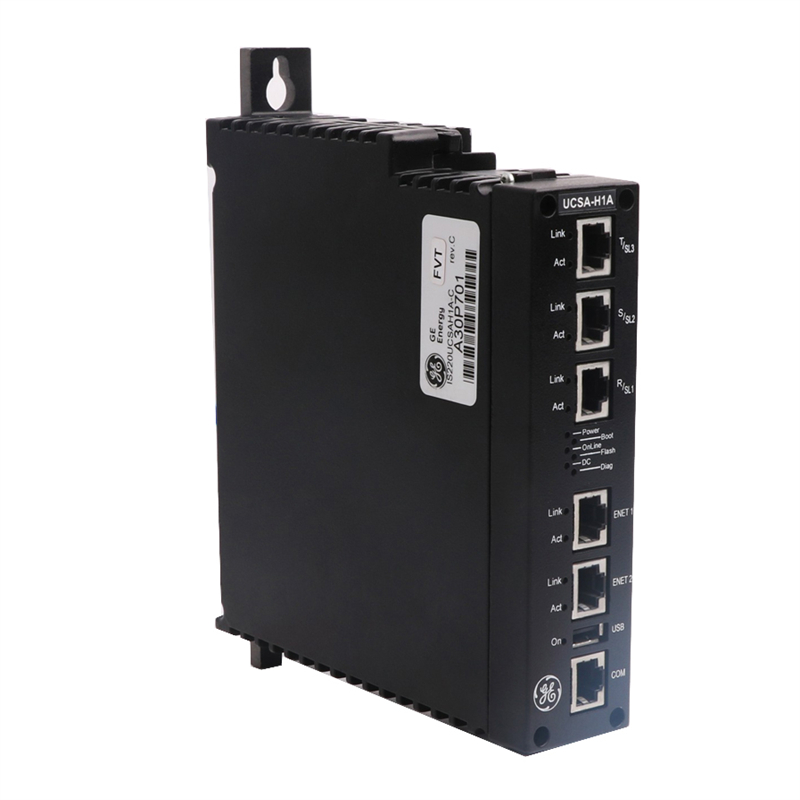
First hand source, affordable price. Spot inventory!
•Shipping Port: Xiamen
•Ship to you via Fedex/DHL/TNT/UPS/EMS
•Package: Original packing with cartons
GE Hot Selling models
| GE 281B7946G1301 | GE DS3800HPBC1A1B |
| GE DS3800DGTA1C1D | GE DS200TCQCG1AJD |
| GE DS3800DMPK1e1d | GE IS200BCAAH1ABA |
| GE DS3800HCIC1E1E | GE DS3800NFDB1A1A |
| GE DS3800HMPK1J1H | GE IS200EMIOH1ACA |
| GE DS3800XTFP1E1C | GE IS200EMIOH1A |
| GE DS3800NB1F1B1A | GE IS200JPDHG1AAA |
| GE DS3800HPIB | GE IS200JPDMG1AAA |
| GE DS3800DFXA1B1C | GE DS3800NPCM1B1B |

What is a DCS?
A Distributed Control System (DCS) is a sophisticated, computer-based control system designed to automate, monitor, and manage complex industrial processes. It is widely used in large-scale industrial facilities such as refineries, power plants, chemical plants, and paper mills, where precision, reliability, and scalability are critical.
How Does a DCS Work?
A DCS is composed of several interconnected components that work seamlessly to ensure efficient process control. Here’s a breakdown of its key elements:
- Controllers:
These are the “brains” of the system. Controllers receive data from sensors, process it using pre-programmed logic, and send output signals to actuators to maintain optimal process conditions. - Sensors:
Sensors act as the “eyes and ears” of the system, measuring critical physical parameters such as temperature, pressure, flow rate, and level. This real-time data is essential for accurate control. - Actuators:
Actuators are the “muscles” of the system. They execute physical actions based on controller commands, such as opening/closing valves, starting/stopping motors, or adjusting dampers. - Operator Stations:
These serve as the human-machine interface (HMI), allowing operators to monitor the process, adjust setpoints, and troubleshoot issues. Modern DCS systems often feature intuitive graphical interfaces for ease of use. - Communication Network:
The backbone of the DCS, this network connects all components, enabling seamless data exchange and coordination. It ensures that every part of the system works in harmony, even across large industrial sites.
Why is a DCS Important?
- Centralized Control with Distributed Execution: A DCS allows for centralized monitoring while distributing control functions across multiple controllers, reducing the risk of system-wide failures.
- Scalability: It can easily expand to accommodate growing operational needs.
- Reliability: Redundant systems and fail-safes ensure continuous operation, even in critical environments.
- Efficiency: Optimizes processes, reduces waste, and improves overall productivity.
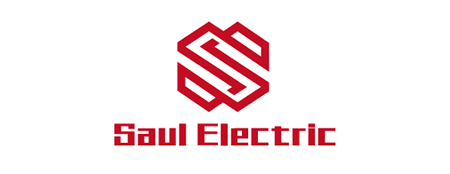

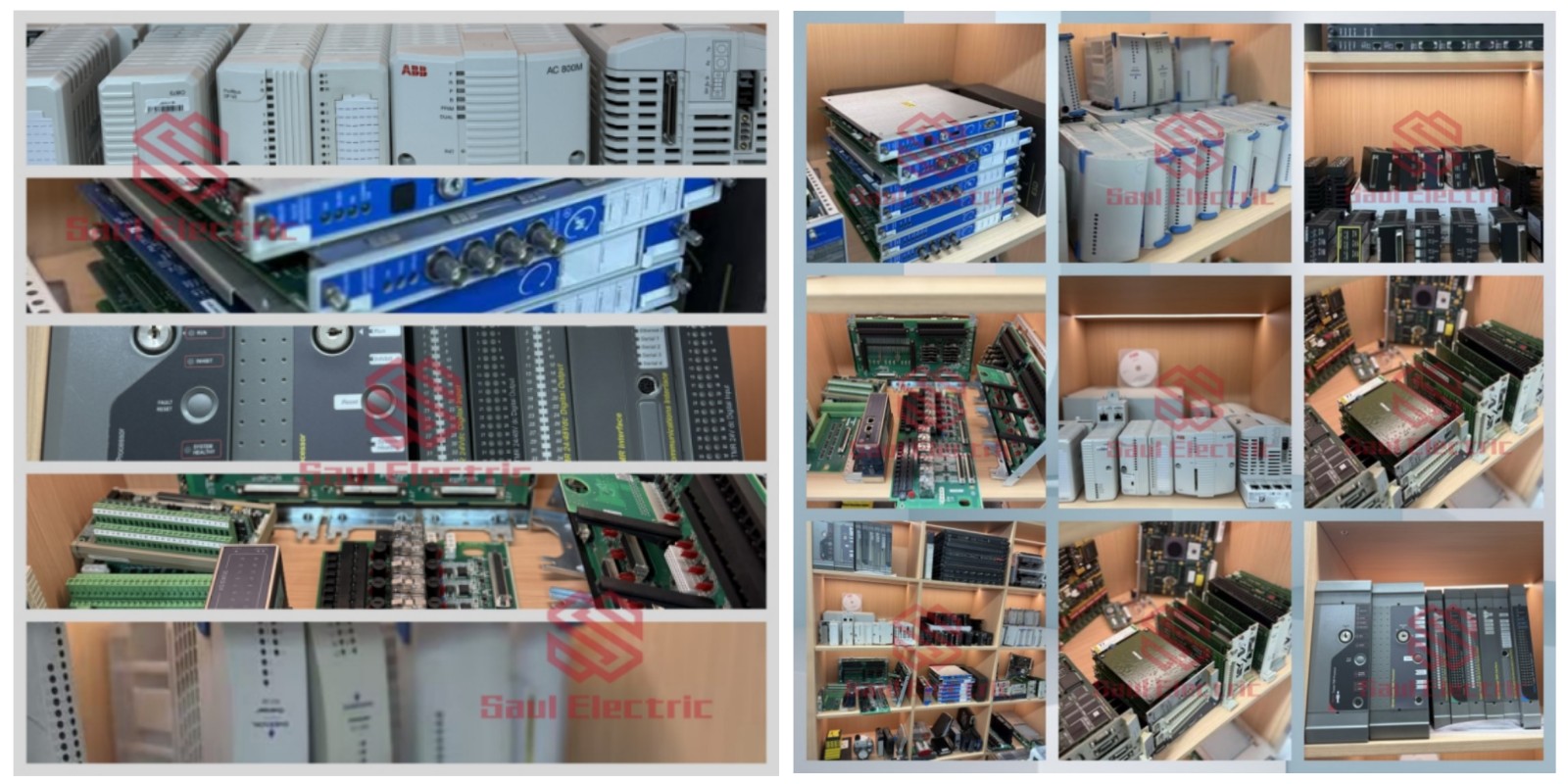

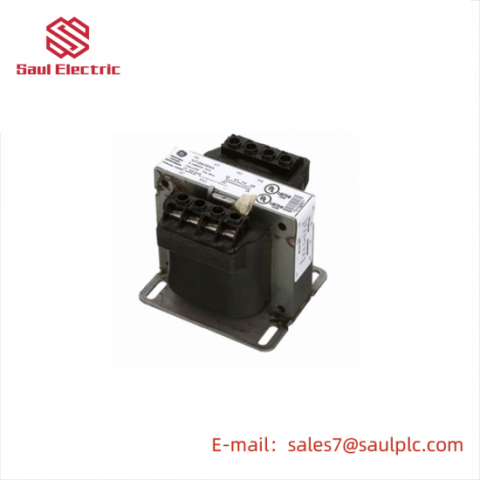
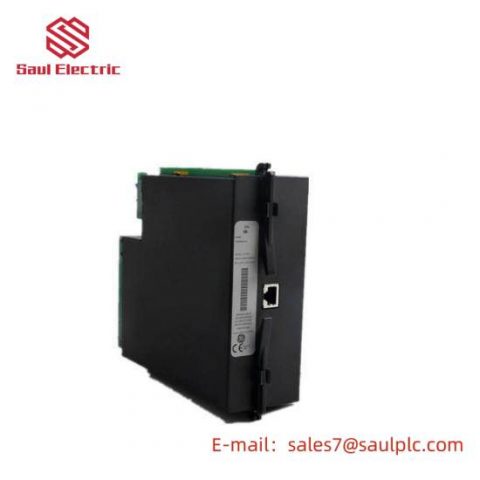
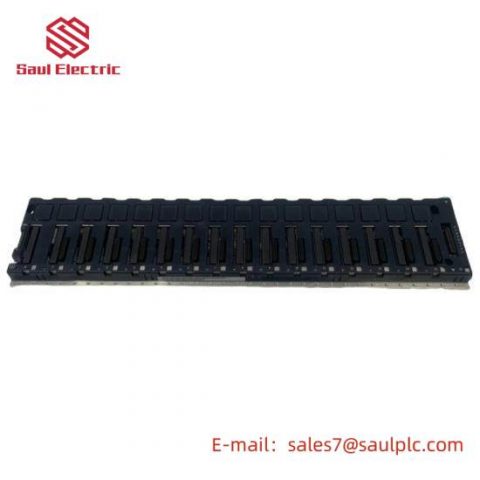
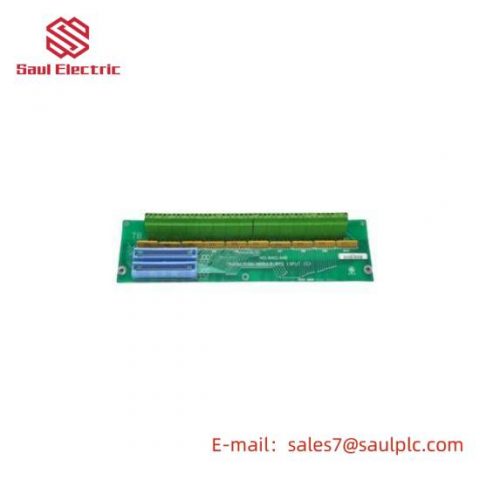
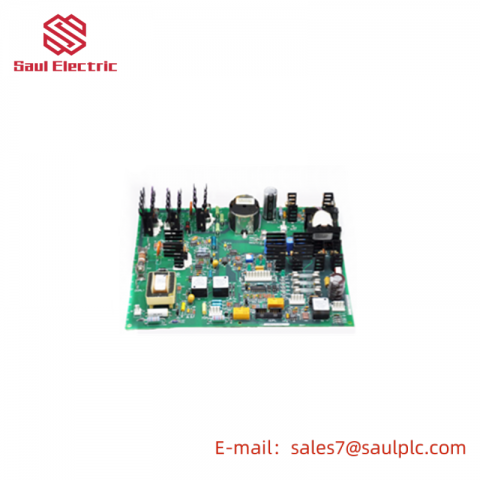
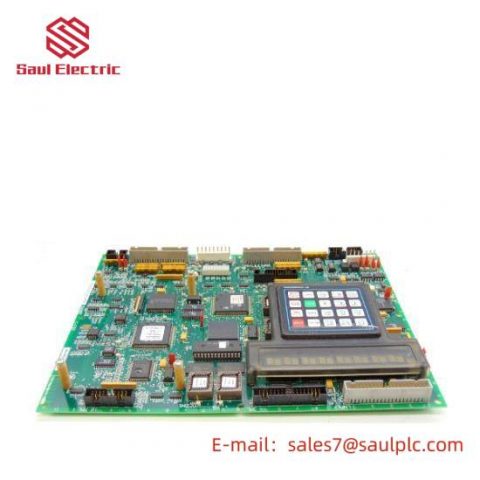
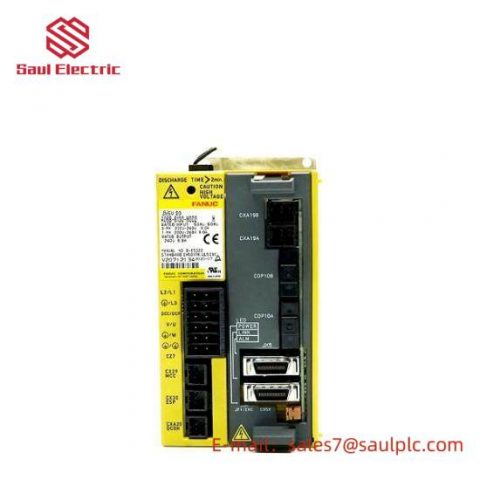
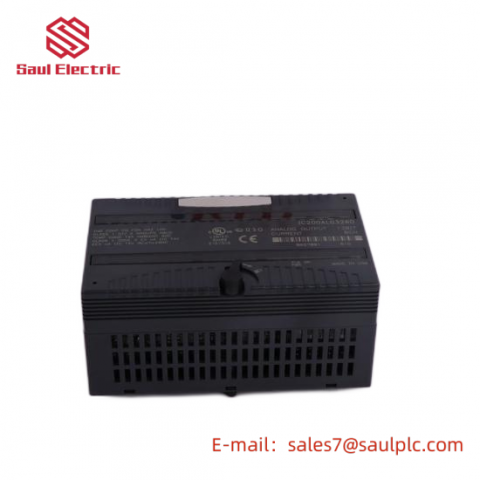
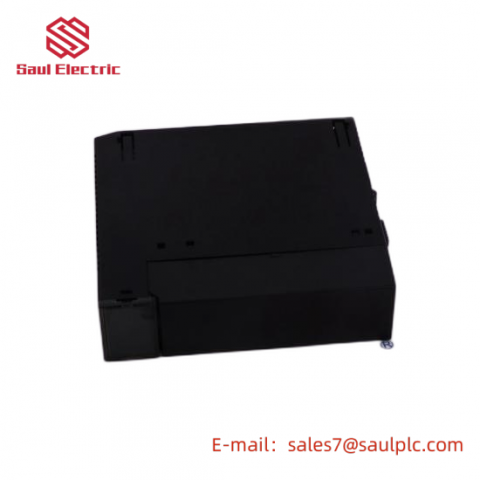
There are no reviews yet.